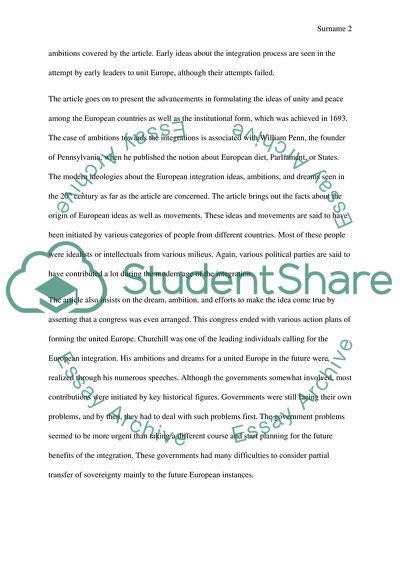European integration before the European community (e.c): early ideas, Assignment. https://studentshare.org/macro-microeconomics/1823215-european-integration-before-the-european-community-ec-early-ideas-tentatively-dreams-and-ambitions
European Integration before the European Community (e.c): Early Ideas, Assignment. https://studentshare.org/macro-microeconomics/1823215-european-integration-before-the-european-community-ec-early-ideas-tentatively-dreams-and-ambitions.


